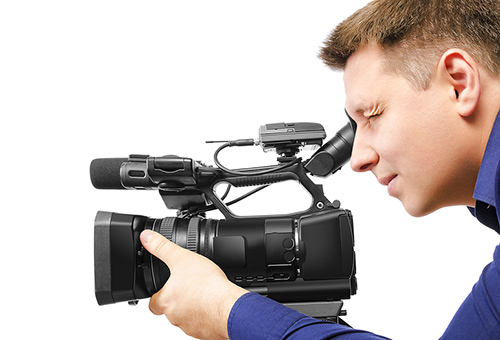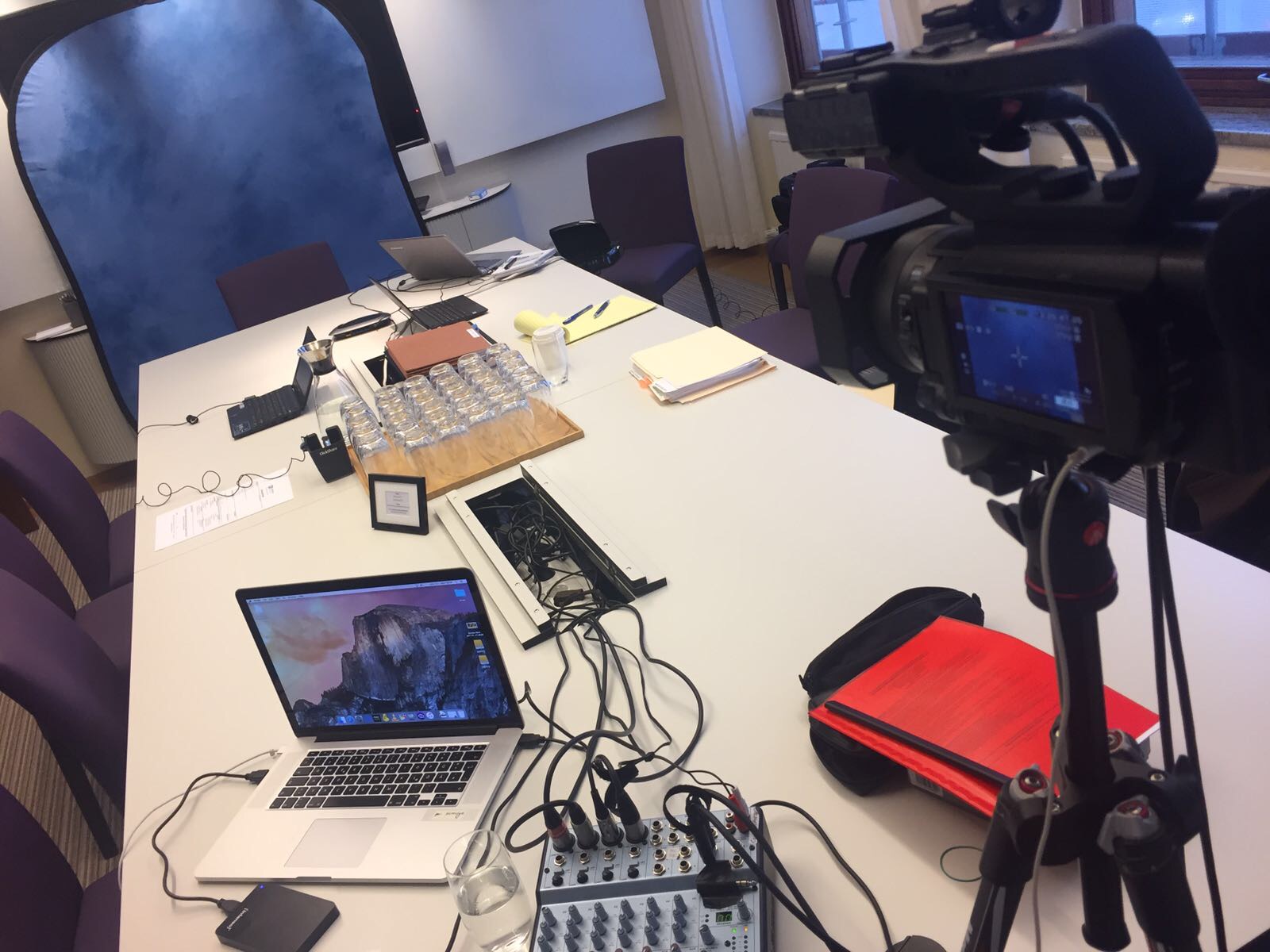The Relevance of Lawful Videography in Courtroom Presentations
Lawful videography has emerged as an essential tool in courtroom discussions, offering a multidimensional perspective on witness testaments that goes beyond mere records. As we check out the various elements of legal videography, including its benefits and ideal techniques, it ends up being evident that its impact on the judicial procedure warrants a better evaluation.

Understanding Legal Videography
How does lawful videography boost courtroom presentations? Lawful videography is a customized field that records aesthetic and audio recordings of courtroom procedures, depositions, and witness testaments.
The procedure entails the use of top notch video clip equipment and professional methods to make sure clarity and fidelity. Legal videographers are educated to recognize court room methods and the legal relevance of the recordings they produce. This experience ensures that the last product complies with legal standards and can be reliably used as evidence.
Additionally, legal videography serves as a very useful device for appellate instances, where examining the initial testimony is necessary. The capability to review witness declarations in their original context aids in comprehending nuances that might be lost in written transcriptions (legal videography). In summary, lawful videography boosts courtroom discussions by giving a thorough, accurate, and interesting technique of recording and offering evidence, inevitably adding to a much more educated judicial process
Advantages for Lawyers
Lawful videography supplies substantial benefits for attorneys, improving their capability to existing instances efficiently. One of the main benefits is the capacity to record witness testaments and depositions with accuracy, making sure that the subtleties of verbal and non-verbal interaction are protected. This permits attorneys to provide a compelling story that shows the reliability and feelings of witnesses.

In addition, the professional quality of lawful video clip can bolster an attorney's reputation. A well-produced video shows comprehensive prep work and attention to information, which can favorably affect the perception of both the lawyer and their instance. Furthermore, the use of lawful videography can accelerate test processes, as it enables quicker recommendation to videotaped testaments, reducing the need for prolonged reading of records.
Enhancing Court Involvement
Enhancing court involvement via the usage of lawful videography can considerably impact the effectiveness of courtroom presentations. In an environment where jurors are tasked with absorbing intricate details, aesthetic help can function as a powerful tool to maintain attention and facilitate understanding. Lawful videography changes conventional proof right into vibrant visual narratives, permitting jurors to attach psychologically and navigate to this site cognitively with the product provided.
The incorporation of video clip proof can clear up elaborate details that might be tough to communicate through spoken testament alone. By providing an aesthetic representation of occasions, the court can much more easily realize the context and subtleties of the case, leading to educated considerations. Legal videography can evoke a feeling of realism, developing a stronger link with the truths and fostering compassion for the individuals entailed.
Efficient lawful videography likewise accommodates varied learning designs within a jury, improving retention of the information offered (legal videography). By attracting both acoustic and visual learners, attorneys can guarantee that their debates reverberate with a more comprehensive audience. Inevitably, the critical use legal videography not just captures jurors' focus yet also improves their overall comprehension, bring about even more fair verdicts
Sorts Of Legal Video Proof
The integration of videography in court discussions encompasses various kinds of lawful video evidence, each serving distinct objectives in the search of justice. One noticeable group is deposition videos, which record witness statements in a regulated environment, ensuring that vital details is preserved and offered properly during trials. These recordings enable jurors to observe the disposition and trustworthiness of witnesses, enhancing their understanding of the testimony.
One more significant type is surveillance published here video, which can offer vital context in criminal instances. This video clip evidence typically helps establish timelines, places, and actions of individuals involved in an incident, thereby helping the court in forming a comprehensive image of the events.
Demonstrative evidence in video format is likewise crucial, as it can illustrate intricate principles or recreate crash scenes. Such video clips assist jurors picture situations that are otherwise challenging to comprehend through spoken descriptions alone.
Last but not least, evidence from body-worn cams utilized by police can provide an unfiltered view of communications throughout important occurrences, contributing to transparency and accountability. Each of these video clip types plays an important role in the court room, boosting the overall presentation of evidence and supporting a reasonable judicial process.

Best Practices for Execution
How can legal experts properly incorporate videography into their court discussions? It is crucial to choose knowledgeable videographers that understand the legal context and can guarantee that all recordings adhere to appropriate laws.
Following, professionals ought to prepare the videography beforehand, identifying key moments and statements that will improve their instance. This critical approach allows for focused material that resonates website link with the jury. Additionally, organizing the videos into systematic segments customized to the court's innovation will facilitate smooth combination throughout discussions.

Additionally, legal groups must rehearse how to present the video clip proof successfully, making sure that all members recognize with the web content and the innovation being utilized. This preparation decreases interruptions and makes best use of influence. Lastly, maintaining a clear story and linking the video proof to the overarching case motif will certainly reinforce the debates being made.
Conclusion
In final thought, lawful videography substantially boosts courtroom discussions by giving an extensive and interesting medium for witness statements. Its capacity to capture both verbal and non-verbal hints help in the clarity and efficiency of proof, inevitably supporting fairer decisions. By sticking to well-known protocols and employing finest techniques, lawful videography acts as an indispensable device for lawyers, fostering greater jury interaction and understanding of intricate details within the lawful process.